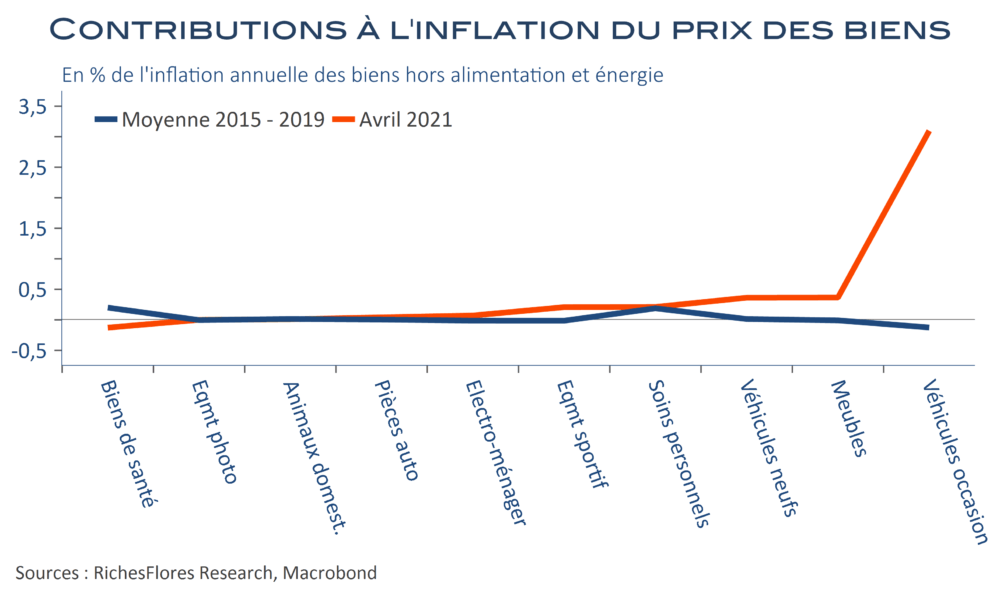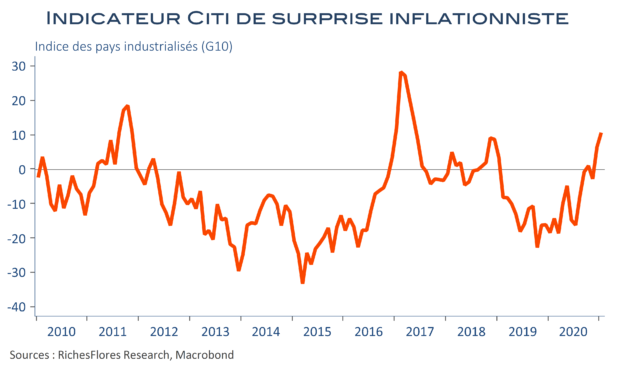Summary – Current economic trends seem particularly favorable, but after taking a step back, we are inclined to be more circumspect than the consensus of economists on the outlook for 2018. Our worldwide scenario has changed little since September. Our global GDP growth forecast for 2017 remains the same, at 3.6%, and we have lifted our 2018 scenario slightly to 3.3% from 3.2%. Upward revisions to our 2017 estimates for the developed world offset the declines we project in emerging markets. Meanwhile, we continue to foresee a modest global slowdown in economic activity next year as a result of reduced US and Chinese growth.
In this context, and amid the structural changes underway, worldwide inflation does not look ready to accelerate. It should fall from 2 % on average this year to 1.8% next year, in the wake of declining raw material prices. With no inflation on the horizon, central banks will maintain their very accommodative bias. Restricted by a persistent flat yield curve, the Fed will have trouble carrying out the three key interest rate increases it has planned. The ECB will remain particularly conservative and is unlikely to have an opportunity to take a position on a future increase in key rates.
The dollar is set to disappoint and maintain pressure on other countries. Japan, now benefiting from a more promising environment, is probably the country best placed to absorb the market’s wariness with regard to the US currency. Our exchange-rate scenario remains unchanged from our September projections and includes a substantial appreciation in the yen.
In the short run, we think exposure to risk is still a viable strategy, so long as it is focused on developed markets. But the current environment requires investors to be ready to change direction at a moment’s notice. For this reason, we have developed a fundamental allocation to complement our short-term, tactical recommendations.
Lire la suite…




